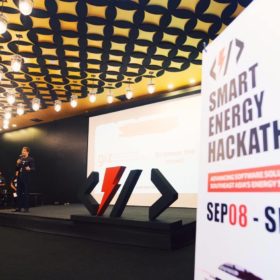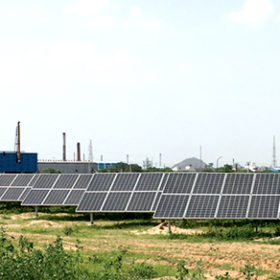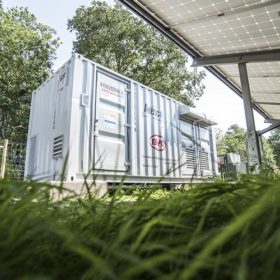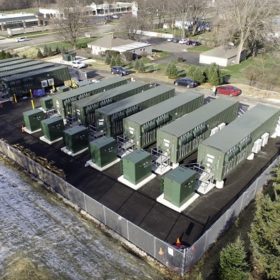Smart Energy Hackathon kicks off in Bangkok
More than 80 energy experts, coders and product designers from across Southeast Asia gathered in Bangkok today for the Smart Energy Hackathon, a 30-hour competition that aims to foster the development of new digital energy solutions such as public blockchains for the provision of PV generation data.
Efficient PPAs may propel solar-diesel micro-grid deployment , says study
In terms of micro-grids, key to reducing diesel consumption by renewables are efficient PPAs, finds consultancy THEnergy, noting that the complexity of these contracts is much greater than in the case of grid-connected photovoltaic systems.
Technology making micro-grid ‘remoteness’ less remote, investment more attractive, finds new report
Report by TFE Consulting shows how investment in micro-grid businesses and technology is bridging the informational, operational and psychological gap between the end customer and micro-grid developers and investors.
Standards Australia to consult industry on proposed storage rules
Standards Australia wrapped up public consultation last week on a draft standard for battery storage, setting the stage for the development of a comprehensive framework for future deployment.
Hitachi, Itochu, NEDO switch on PV microgrid pilot in India
Japan’s New Energy and Industrial Technology Development Organization (NEDO) has started operating a microgrid powered by a 1 MW solar array in western India.
Lithium-ion batteries below $200/kWh by 2019 will drive rapid storage uptake, finds IHS Markit
The analysts expect cumulative installed base of energy storage to reach 52 GW globally by 2025, up from 4 GW today. Annual revenues for grid-connected storage to reach more than $7bn by that date despite sharp price declines.
Malaysian researchers test demand response with residential PV systems
New research sheds light on the benefits of demand response applications in a low voltage distribution network with an integrated PV system.
UK: Nearly 126,000 employed in thriving renewables industry, report shows
In the first year energy storage and electric vehicle sectors are included, REA’s annual publication reveals a 2.5% YoY increase in the number of jobs in the renewable energy industry, but also a significant decline in growth from two years previous when it was at nearly 9%. The Association points to negative policy changes as the reason behind the downward trend.
VC funding for battery, smart grid and efficiency tech tops $1bn in H1 2017, finds Mercom report
More than $1 billion raised in the first half of 2017 by battery storage, smart grid and energy efficiency companies – up from $807m in H1 2016, finds latest Mercom Capital Group report.
London: New tool predicts cost effectiveness of electrical energy storage
As costs are driven down by the economies of scale and improvements in manufacturing and deployments, new technologies are finding their way to widespread adoption, as seen in the case of solar modules. In order to facilitate the prediction of costs and outcomes for new energy storage technologies, a team of researchers from Imperial College London has developed a tool to help policy makers and investors make informed decisions.










